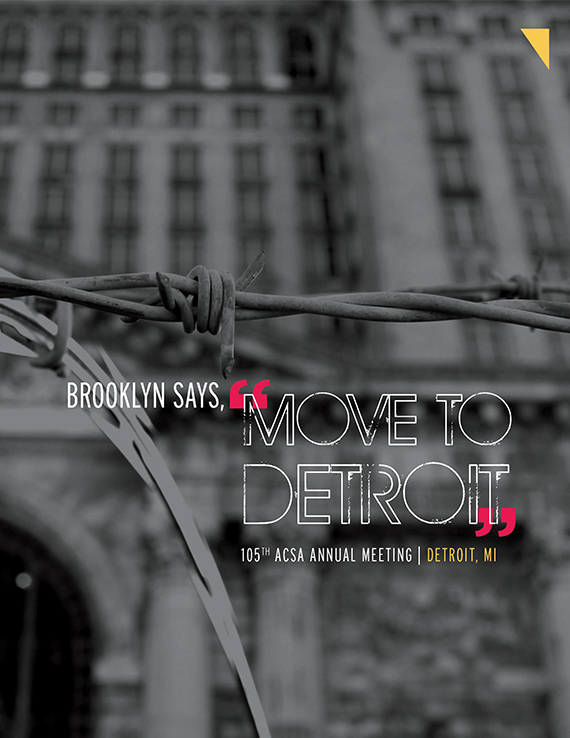Author(s): Noah Resnick
The disappearance of the Detroit Street Railway in the mid 1950’s ushered in the demise of a functioning mass transit system in a city that had found such a thing to be obsolete. While this loss cannot be blamed for the economic, social, and spatial collapse of the city, neither can the reverse be said that the once largest urban network of streetcars in the nation was simply a victim of Detroit’s ruin. When the last streetcar made its final run in 1956, the Motor City brand and the auto industry it nurtured were at the peak of their economic powers, and the high-water mark of the city’s population. This paper will examine the factors that caused a large city to abandon its primary mass transportation system and build the argument that it was not the slow deterioration of a failing municipal amenity, but the result of an automotive branding campaign that defined capitalism by infiltrating the spatial, social, cultural, economic, and governmental mechanisms of the American city.
https://doi.org/10.35483/ACSA.AM.105.6
Volume Editors
Luis Francisco Rico-Gutierrez & Martha Thorne
ISBN
978-1-944214-08-1

 Study Architecture
Study Architecture  ProPEL
ProPEL 
